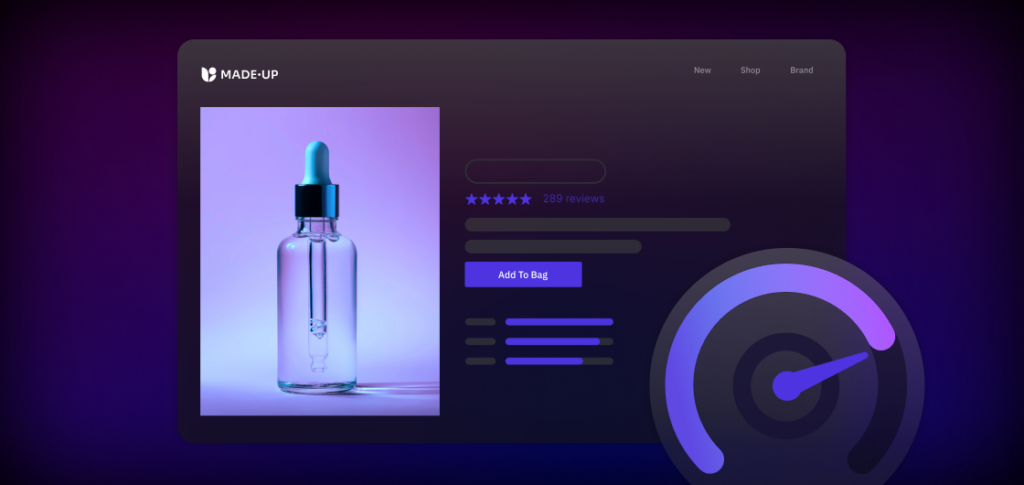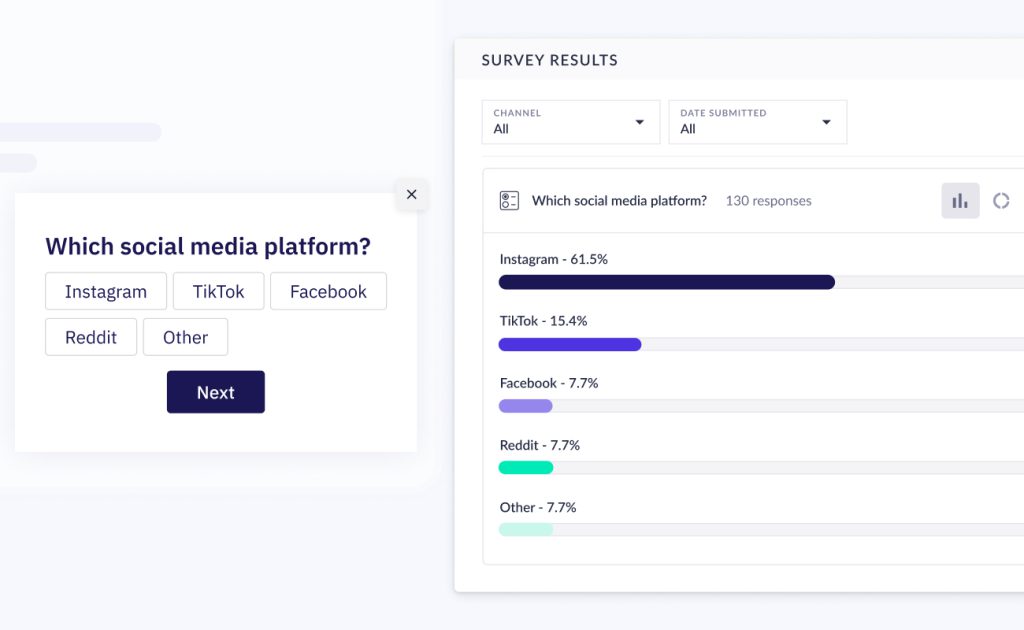
- Customer Experience
- Ecommerce Marketing
- Reviews and UGC
Site Speed and Why It Matters for Your Reviews Program
Lindsay Kolinsky | Nov 30, 2023
Nov 29, 2022 | 6 minute read

Lindsay Kolinsky
Director of Marketing
Marketing attribution has always been a powerful way to collect actionable data about the marketing touchpoints a consumer encounters on their path to purchase. As such, the ability to identify the performance of channels, campaigns, and even specific marketing tactics is important in ordinary circumstances. But at a time when C-Suites are putting pressure on departments to optimize spending, the ability for marketers to use these insights to understand their top converters and measure ROI has become even more critical.
This is especially true for ecommerce merchants, who have experienced explosive growth in website traffic since the beginning of the pandemic, a fact that’s forcing them to evolve at a rapid pace in order to keep up with changes in consumer demands. And while the ecommerce landscape was forced to adapt to the new normal over the last few years, the priority of customer experience among consumers has become a major challenge for brands selling online.
After the pandemic, merchants realized that in order to accomplish their goals and drive growth, they would have to refocus their idea of the customer journey and take a more customer-centric approach in their marketing and beyond. Although the concept of customer-centricity is not new, the ability to shore up potential disconnects between brands and their customers has taken on new importance as a variety of factors have increased both the complexity and criticality of doing so. This is where marketing attribution comes into play, allowing merchants to scale their marketing strategies quickly and with confidence.
With so many digital platforms being leveraged by ecommerce brands today, it can be challenging to pinpoint which channel drove results. No brand big or small wants to burn resources on marketing efforts that are not performing which is why identifying the areas that are working vs those that are not is imperative when it comes to scaling an effective marketing program.
However, the truth is that marketing attribution has become harder than ever before. In addition to making targeted advertising more expensive, App Tracking Transparency (ATT) changes from Apple, Facebook and Google significantly reduced the attribution tracking capabilities of third-party advertising platforms. Consequently, it’s now much harder for brands to understand customer acquisition pathways across channels, identify critical conversion drivers, and ultimately, measure the ROI of their paid advertising campaigns.
This has led to an increasing need to approach measurement a little bit differently since what worked a couple of years ago will not work today or in the future. Updates to Apple’s privacy policy have made it virtually impossible to understand the impact of your unique campaigns based on things like the time between when a customer views an ad to when they take an action, or the time spent viewing an ad.
Fortunately, sourcing ground truth marketing attribution insights directly from customers can offer visibility into the areas that have become opaque. For those who don’t know, ‘Ground truth’ is a term used frequently in statistics and machine learning (ML). Analyzing ground truth involves checking the results of machine learning for accuracy in contrast to the real world. The term is actually borrowed from meteorology, where “ground truth” refers to any and all information obtained on site.
In the world of ecommerce, merchants can use ‘ground truth’ attribution insights to identify and measure the performance of channels, campaigns, and even specific marketing tactics. This is an especially important step when building a customer-centric marketing framework as having the ability to optimize marketing performance in real-time within the areas that are working or not working.
When it comes to marketing attribution it’s always a good idea to start simple. It’s easy to get overwhelmed by the enormous cache of information that marketing attribution generates, which is why beginning with one or two methods and evolving from there can be the best approach.
For example, Okendo’s post-purchase surveys capabilities with Surveys empower merchants to ask their customers the simple question, “How did you hear about us?”. This enables them to compare their answers with their performance marketing data to validate the impact of each marketing channel. In addition, the simplicity of a single-question micro-survey reduces friction and ensures a higher response rate than traditional surveys or questionnaires and, thus, maximizes the data and insights brands can take action on.

Once your brand begins gaining momentum, it’s important to understand which attribution methods you’ll be keeping and which new ones you should be adding along the way. After all, marketing strategies don’t stand still for long – and neither does consumer behavior.
Consumer behavior evolves at a rapid pace making it essential for your marketing strategies to evolve alongside them. For this reason, marketing attribution is critical in determining your top marketing performers at any given moment. But outside of brands’ understanding of the merit of these types of insights, it’s easy to see why marketing attribution will remain an important tool going forward. As technology giants continue to implement new privacy changes, marketers’ ability to collect ground truth data will skyrocket in value. Moreover, as consumers increasingly emphasize privacy-centric relationships, marketing attribution will continue to prove its worth.
Because customers are engaging with a wide variety of channels, having the ability to amalgamate consumer data from numerous platforms is essential to guaranteeing that each encounter is equally weighted.
Although this goal was imperative even before the emergence of marketing attribution tools, no brand wants to guesstimate what will work and what won’t work which is why having these tools is fundamental for determining which campaign had the most impact, as well as where it had the most impact.
With the attribution capabilities of advertising platforms increasingly degraded, Okendo Surveys can help brands implement a post-purchase marketing attribution survey to source ground truth insights directly from their customers.
These simple yet powerful post-checkout surveys deliver massive response rates and can be deployed right on the order confirmation page right after a customer completes their purchase.
As Wes Buckwalter, SeaMonster Studios’ CEO, says, “Data is the key to making smart business decisions, understanding your audience, and becoming a ‘self-aware company’… Okendo’s post-purchase surveys provide a simple and elegant solution for letting your consumers give you this data on their own time, opening the door to a whole new level of consumer sentiment and a healthy and private data gathering technique.”
Indeed, in the age of customer understanding, it’s imperative to know where your customers are coming from. The truth is, marketers are under greater pressure than ever before to prove the ROI of their efforts. This is why marketing attribution has become one of their most vital tools, enabling them to identify and measure the performance of marketing channels to enable better marketing spend allocation.
But marketing attribution’s value doesn’t end there. Once marketers have armed themselves with this knowledge, they can thoughtfully apply this data to deliver a finely tuned version of what their audience wants. This means being able to craft experiences that not only delight existing customers, but equipping yourself with the right insights to capture new audiences.
Related articles
Ready to learn more?